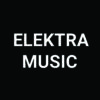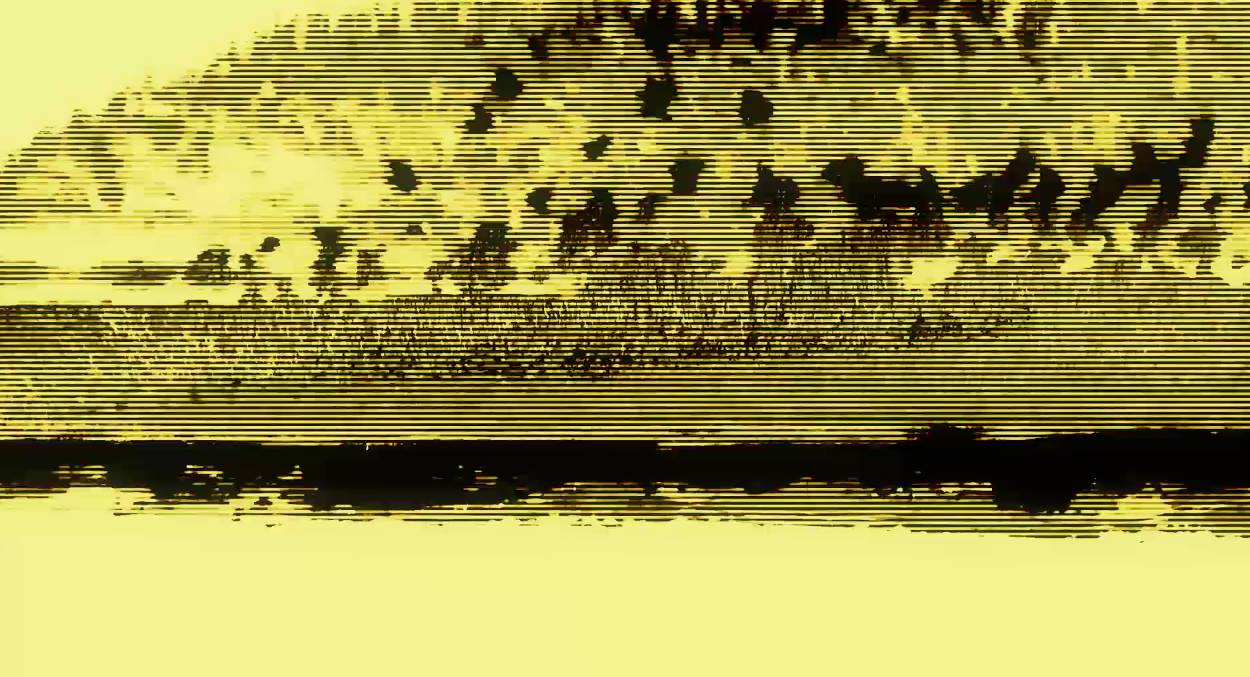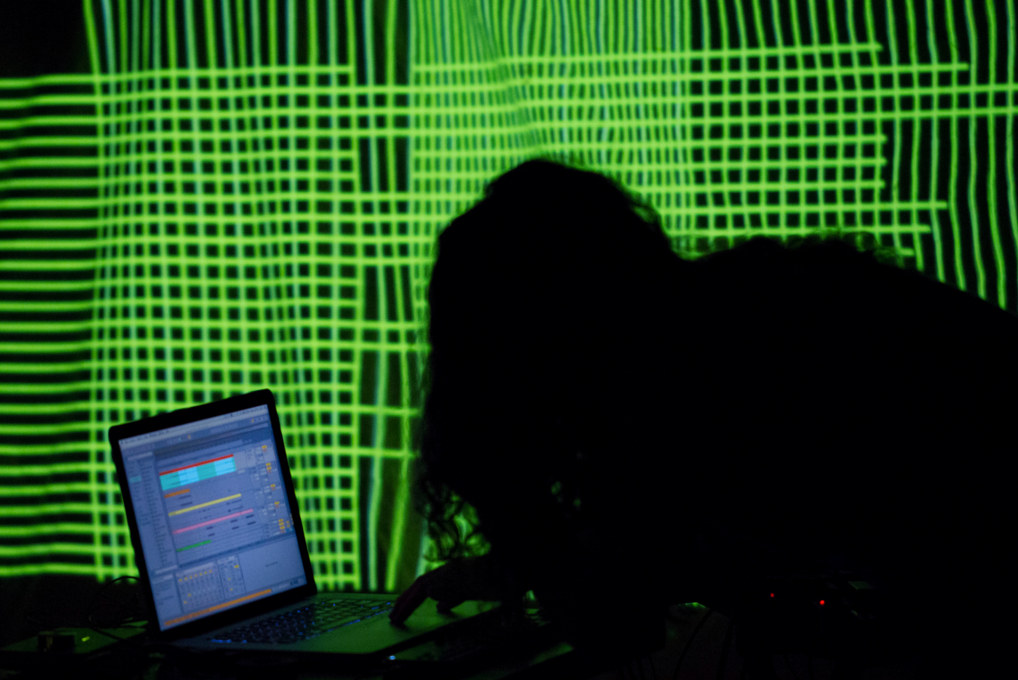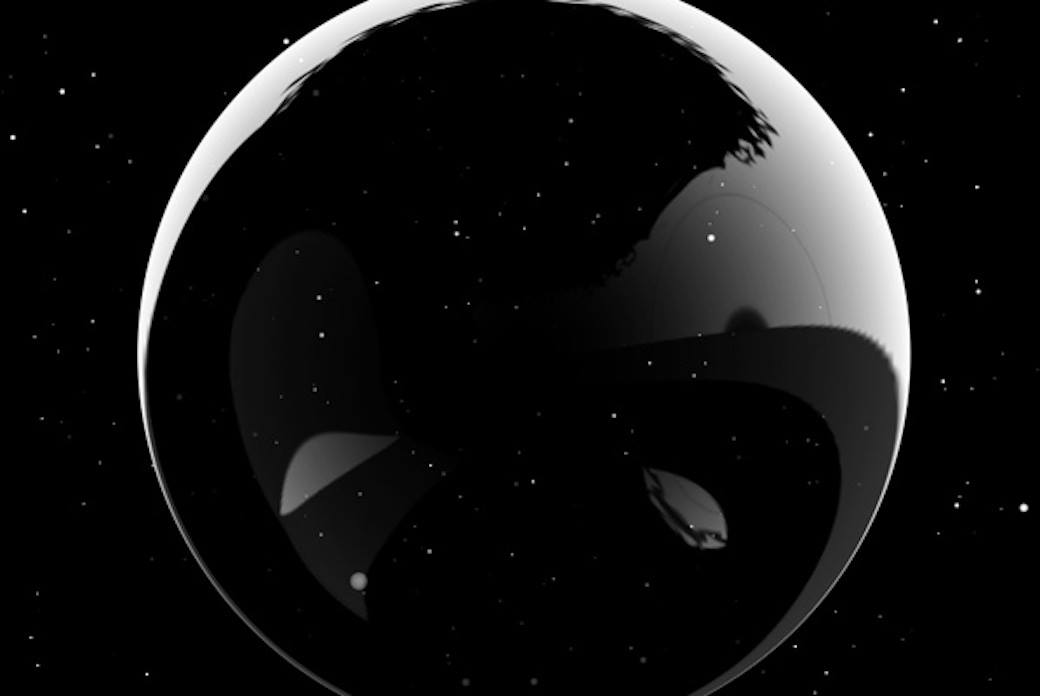Organised Sound: An International Journal of Music and Technology
Call for submissions
Volume 23, Number 2
Issue thematic title – New Wor(l)ds for Old Sounds
Date of publication: August 2018
Submission deadline: 15 September 2017
Issue co-ordinators: Erika Honisch and Margaret Schedel, Stony Brook University.
Evidence for the ‘sonic turn’ in and beyond the humanities is everywhere: in the calls for papers of recent interdisciplinary conferences, in the popularity of sound-oriented blogs, in the formation of sound studies interest groups in academic professional societies, in the collaborations of electroacoustic composers with social scientists, and, not least, in the purview of Organised Sound itself. It is less evident—given the general emphasis in sound studies on contemporary sonic cultures and practices—that a significant line of inquiry focuses on the richly sonic past. Studies exemplifying this historicist impulse draw attention to the acoustic properties of ancient and early modern spaces, and those of more recent built environments (Blesser and Salter, 2007; Fisher, 2014); they search archival documents for the sounds of colonial encounter (Rath 2005) and the hubbub of England in the Victorian period and earlier (Picker 2003; Cockayne, 2007); they find traces of the noisy mediaeval city in manuscript illuminations (Dillon 2012); they document sound and its silencing to trace shifting urban identities and values (Bjisterveld 2008; Thompson, 2002); they investigate the properties of instruments and technologies, from monochords to metronomes, developed to chart interval space and measure musical time (Grant, 2014); they consider the collision of early recording technology with traditional Western musical aesthetics (Rehding, 2005). Collaborative digital projects recreate past sound worlds, embedding reconstructed sounds in 3D virtual space, as in Mylène Pardoen’s The Sounds of Eighteenth-Century Paris, or situating records (both aural and textual) of sound in specific locations, as with the ever-expanding London Sound Survey.
The interest in timbre, changing technologies, and acoustics that animates these projects also drives the work of practitioners and historians of electroacoustic music. Indeed, the vocabulary and methodologies developed by electroacoustic musicians to build a sonic lexicon, research the sounds of the past, and contextualise the impact of technology on sonic creativity are ideally suited to historically oriented sound studies.
The purpose of this themed issue of Organised Sound is to explore the many points of resonance between the questions raised by electroacoustic specialists and those taken up by scholars who work on the sounds of the pre-electric past. How can we build bridges between these two exciting fields? With this in mind, for the ‘New Wor(l)ds for Old Sounds’ issue, we invite contributions that experiment with the possibilities of applying the insights afforded by electroacoustic technologies, practices and vocabularies to sounds and spaces before the widespread adoption of electric sound in North America and Europe, roughly 1925. By its very etymology ‘electroacoustic’ implicates the electric; so while we could have simply proposed a crossover issue between sound studies and electroacoustic music, we have chosen instead to be deliberately provocative to encourage our authors and readers to expand their conception of the traditional scope of Organised Sound. We are interested in providing a forum for the projection of electroacoustic music studies to other pre-electric objects and, conversely, testing out methodologies as well as the relevance/applicability of historical knowledge to the current and future initiatives falling squarely within the journal’s subject domain, electroacoustic music studies.
More specifically, we wish to probe how electroacoustic language might be fruitfully used to discuss technologies, compositions, and listening practices before the advent of recording and electronically generated sound. What kinds of sounds emerge when we examine textual documents or historical musical instruments using a vocabulary of timbre informed by electroacoustic music? What do the re-creative possibilities of electroacoustic technology tell us about the obsolete or imaginary musical instruments described in music theory treatises (Athanasius Kircher, Musurgia Universalis, 1650); the utopian sound-houses described by Francis Bacon (The New Atlantis, 1624); the ‘invisible music’ channelled into the palace of Christian IV of Denmark (Spohr, 2012); the acoustic properties of the cavernous Salle des Machines in Berlioz’s Paris? And on the other hand, how do pre-electric practices and technologies continue to inform current electroacoustic practices? Taken together, such questions invite a rethinking of the relationship between past and present conceptions of timbre, space, and sonic ecology, and the history of sound-based listening.
Contributors might take up the following questions:
– What is an electroacoustic vocabulary for the pre-electric sonic past?
– What can we learn if we apply new electroacoustic methodologies to examine familiar historical objects (musical texts, musical instruments, resonant spaces)?
– How are current electroacoustic practices shaped and informed by pre-electric musical technologies?
– How are current electroacoustic technologies used in the study of pre-electric music?
– Which electroacoustic technologies can be deployed to answer questions about the acoustic properties of colonial village greens, of Gothic cathedrals, of Baroque theatres, of the factories and mills of the Industrial Revolution?
– What do we learn when electroacoustic practitioners and historians take up questions that drive sound studies research (for example, the interest on aural cultures and listening communities) to shed light on the history and priorities of electroacoustic music?
– and….?
As always, submissions related to the theme are encouraged; however, those that fall outside the scope of this theme are also welcome. Articles which compare pre-electric and post-electric sound-worlds and sonic practices are encouraged but in order to be considered ‘on theme’ a substantial portion of the text must address the period before 1925.
We invite contributions from all disciplines, but particularly from electroacoustic music studies, history, sound studies, musicology and ethnomusicology, music theory, and history of science.
SUBMISSION DEADLINE: 15 September 2017
SUBMISSION FORMAT:
Notes for Contributors and further details can be obtained from the inside back cover of published issues of Organised Sound or at the following url:
http://journals.cambridge.org/action/displayMoreInfo?jid=OSO&type=ifc (and download the pdf)
Properly formatted email submissions and general queries should be sent to: os@dmu.ac.uk, not to the guest editors.
Hard copy of articles and images and other material (e.g., sound and audio-visual files, etc. – normally max. 15’ sound files or 8’ movie files), both only when requested, should be submitted to:
Prof. Leigh Landy
Organised Sound
Clephan Building
De Montfort University
Leicester LE1 9BH, UK.
Editor: Leigh Landy
Associate Editors: Ross Kirk and Richard Orton†
Regional Editors: Ricardo Dal Farra, Jøran Rudi, Margaret Schedel, Barry Truax, Ian Whalley, David Worrall, Lonce Wyse
International Editorial Board: Marc Battier, Manuella Blackburn, Joel Chadabe, Alessandro Cipriani, Simon Emmerson, Kenneth Fields, Rajmil Fischman, Eduardo Miranda, Rosemary Mountain, Tony Myatt, Jean-Claude Risset, Mary Simoni, Martin Supper, Daniel Teruggi
=====
References:
– Bjisterveld, K.2008. Mechanical Sound: Technology, Culture and Public Problems of Noise in the Twentieth Century. Cambridge, Mass.: MIT Press.
– Blesser, B. and L.-R. Salter. 2007. Spaces speak, are you listening? Experiencing aural architecture. Cambridge, Mass.: MIT Press.
– Cockayne, E. 2007. Hubbub: Filth, Noise & Stench in England 1600-1770. New Haven: Yale University Press.
– Dillon, E. 2012.The Sense of Sound: Musical Meaning in France, 1260–1330. Oxford, New York: Oxford University Press.
– Fisher, A. 2014. Music, Piety, and Propaganda: The Soundscapes of Counter-Reformation Bavaria. Oxford, New York: Oxford University Press.
– Grant, R. 2014. Beating Time and Measuring Music in the Early Modern Era. Oxford, New York: Oxford University Press.
– Picker, J. 2003. Victorian Soundscapes. Oxford, New York: Oxford University Press.
– Rath, R. C. 2005. How Early America Sounded. Ithaca, NY: Cornell University Press.
– Rehding, A. 2005. ‘Wax Cylinder Revolutions’. Musical Quarterly 88 (2005): 123–160.
– Spohr, A. 2012. ‘This Charming Invention Created by the King’ – Christian IV and His Invisible Music. Danish Yearbook of Musicology 39: 13-33.
– Thompson, E. 2002. The Soundscape of Modernity: Architectural Acoustics and the Culture of Listening in America, 1900–1933. Cambridge, Mass: MIT Press.






